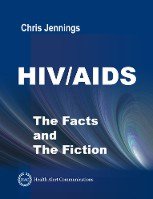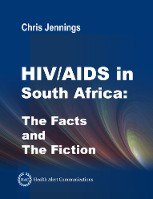 Phylogenetic Study claims HIV Migrated from Africa through Haiti to USA
Phylogenetic Study claims HIV Migrated from Africa through Haiti to USA
As mentioned in the previous post [1], the Patient Zero meme instigated by the findings of Worobey et al cascaded through the general, medical, and scientific media alike. Trends in Microbiology published an editorial praising the work of Worobey et al for dispelling the Patient Zero myth, and also highlighting Worobey’s conclusion that HIV migrated to the USA from Africa via Haiti [2, 3].
The editorial supported the Africa-Haiti origin concept by listing three “plausible scenarios” for the migration of HIV from the Caribbean (i.e., Haiti) to the USA HIV transmission from Haiti to the USA [2]:
(1) Caribbean immigrants;
(2) American sex tourists; and
(3) contaminated commercial blood products.
In our view, these “plausible scenarios” should be treated more cautiously and the possibility that HIV migrated from the USA to Haiti should be treated more seriously. Haiti got all the press, but 5 years into the AIDS epidemic (1986), Bermuda that had the highest AIDS rate in the world, as seen in Table 1. Continue reading
 Patient Zero did not introduce HIV into the United States!
Patient Zero did not introduce HIV into the United States!
Not too long ago, this story was a meme cascading through the media. All emanating from a phylogenetic analysis published in Nature, 1970s and ‘Patient 0’ HIV-1 genomes illuminate early HIV/AIDS history in North America [1].
The authors of this phylogenetic analysis (Worobey et al) also concluded that HIV migrated to the USA from Africa via Haiti. However, extensive epidemiological evidence suggests the Africa-Haiti-USA historical narrative is just as incorrect as the narrative regarding Patient Zero.
Stuart Derbyshire and I wrote a Letter to the Editors of Nature in response to conclusions of Worobey et al. At the kind invitation of the Editors, our response is posted on the Nature website. (Update: Our comment is now available only to paid subscribers of Nature). Given the allowance of 300 words and 3 references, the response cites a limited portion of available epidemiological data refuting this concept. Alternately, the response containing the full complement of 13 references is posted below.



